If you had been following our blog posts earlier, you might have come across part 1 and part 2 of this series. This is the final part of the series analyzing the difference between strategy and tactics. The first part was an introduction to the difference. The second part analyzed the interdependence of strategy and tactics. In the third part, the perspective would be functional.
Strategy in terms of functionality
Henry Mintzbeg, in his book titled Strategy Safari, defined five types of strategy. They could also be referred to the 5 Ps of strategy. Strategies can be functional as a plan, pattern, position, perspective and ploy. [1]
A strategy can be functional both positively and negatively. Most business owners think that strategy is deciding what to do. However, renowned writer Michael Porter thinks that strategy is actually ‘what not to do.[2]
To be concise, a strategy is functional as a long-term goal. The 5Ps mentioned above denote that. Hence, formulation of a strategy has to be done with respect to a long-term goal. This is the best approach in terms of functionality.

Tactics in terms of functionality
When it comes to tactics, marketing is the tactical arm of a business. Tactics come into the frame in the marketing mix. The marketing mix generally consists of 4Ps and 7Ps. Product, price, place and promotion are the 4Ps. Process, people and physical evidence add up to the 7Ps.[3]
In simple terms, tactics are small ‘moves’ that are undertaken by the business. Speaking of functionality, tactics are short term plans.
This is the final explanation of the difference between tactics and strategy. In a gist, strategy and tactics are long term and short term goals respectively. They are interdependent on each other and are essential for every business. To know more about the different strategies and tactics used in business, please subscribe to our blog.
References
[1] Chris-Kimble.com
[2] Michelbauldin.com
[3] Marketingteacher.com

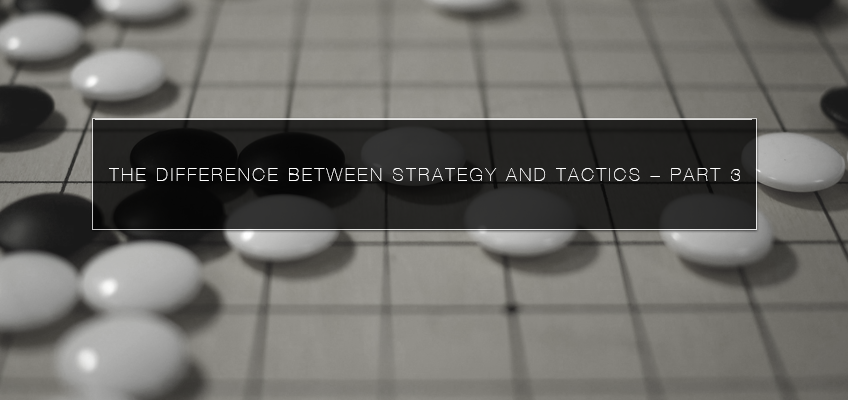
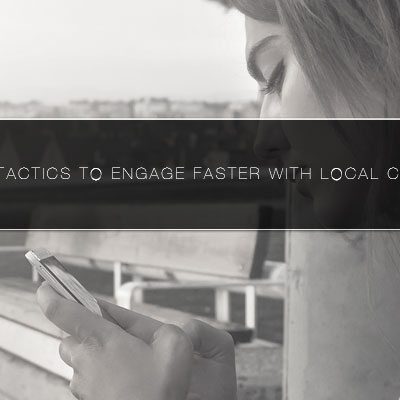


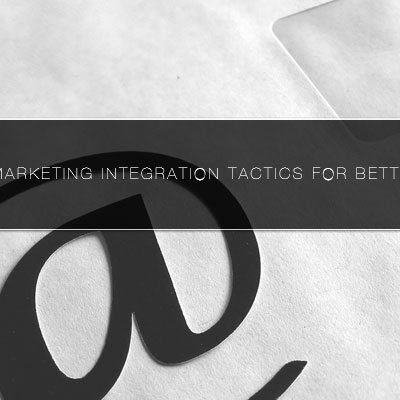
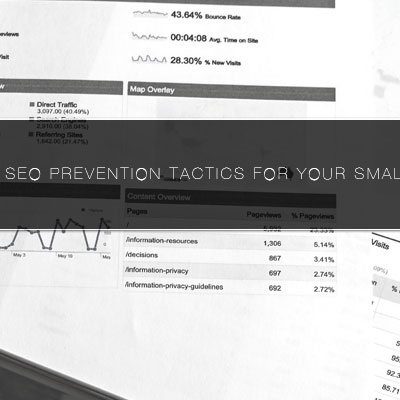
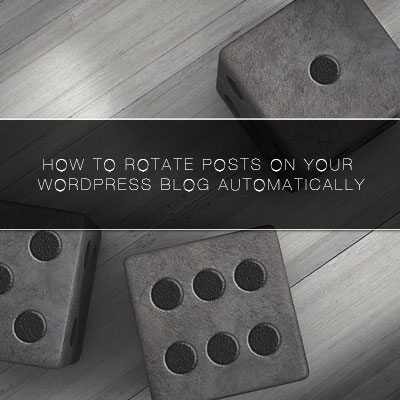

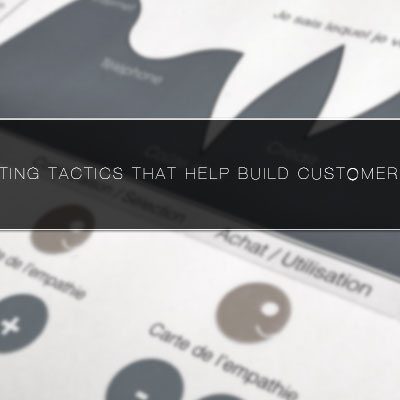
Leave a Reply